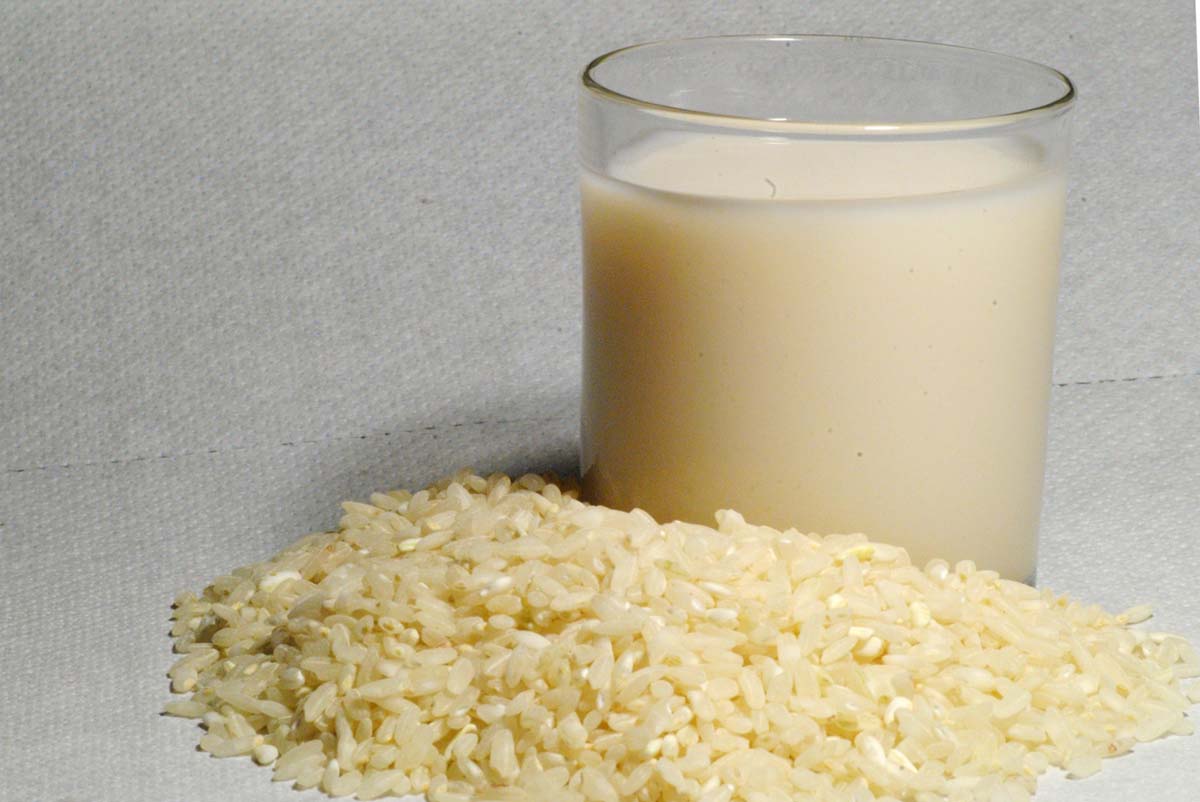
Introduction
Bacteria in the human mouth will form acids that cause tooth decay, every time it gets in contact with sweet or sugary foods. On the other hand, some foods naturally fight bacteria and thus help remove plaque and freshen breath.
Calcium
Calcium, for example, plays an important role in building density in the alveolar bone that supports the teeth. It is scientifically proven that people accustomed to a sufficient daily intake of calcium have lower rates of periodontal or gum diseases. Three servings of calcium per day should do the trick. Further research shows that people who had calcium intakes fewer than 500 milligrams had twice the chance of developing gum disease.
Calcium is also important for healthy bone structure, teeth, muscle contractions and various processes in the body. It is alarming to know that ¾ of the population does not meet the daily needs of calcium. Good sources of calcium are widespread foods such as milk, yogurt, cheese, dark green vegetables, orange juice, rice and beans. It should not be hard for anybody to include those in the daily diet and prevent the hazardous effects of calcium deficiency.
Vitamin C
Vitamin C is another element important for healthy gums. It has the ability to help healing the tissues, strengthening blood vessels, building connective tissues and thus promoting strong teeth and bones. Furthermore, it is a great immune-booster and protects cells from damage caused by free radicals. Vitamin C can be obtained from citrus fruits, strawberries, cantaloupe, green peppers, broccoli, and dark leaf vegetables.
Vitamin B
Folic acid (also known as vitamin B9 or folacin) may increase the resistance of the gingiva to local irritants and thus lead to a reduction and prevention of inflammations. Folic acid is found in green leafy vegetables such as asparagus, spinach or turnip greens; beans, peas and lentils, liver, baker’s yeast, various grain products and cereals, sunflower seeds, fruits and vegetables. Fruits containing folic acid are orange juice, pineapple juice, cantaloupe, honeydew melon, grapefruit juice, banana, raspberry, grapefruit and strawberry. Vegetables rich in folic acid are beets, corn, tomato juice, broccoli, romaine lettuce and bok choy.
It is important to remember that changes in the mouth start the minute certain foods get in them. It is of highest importance to carefully plan a diet and maintain good oral hygiene. Chewing sugarless gum may also help to remove food stuck between the teeth and increase saliva flow that neutralizes mouth acids.


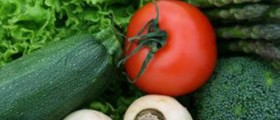
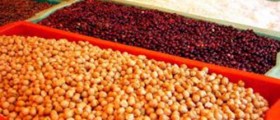

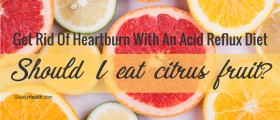
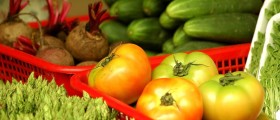




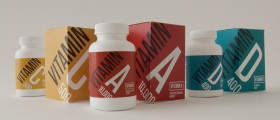

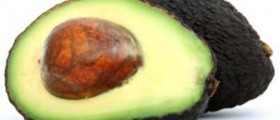


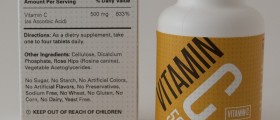
Your thoughts on this
Loading...